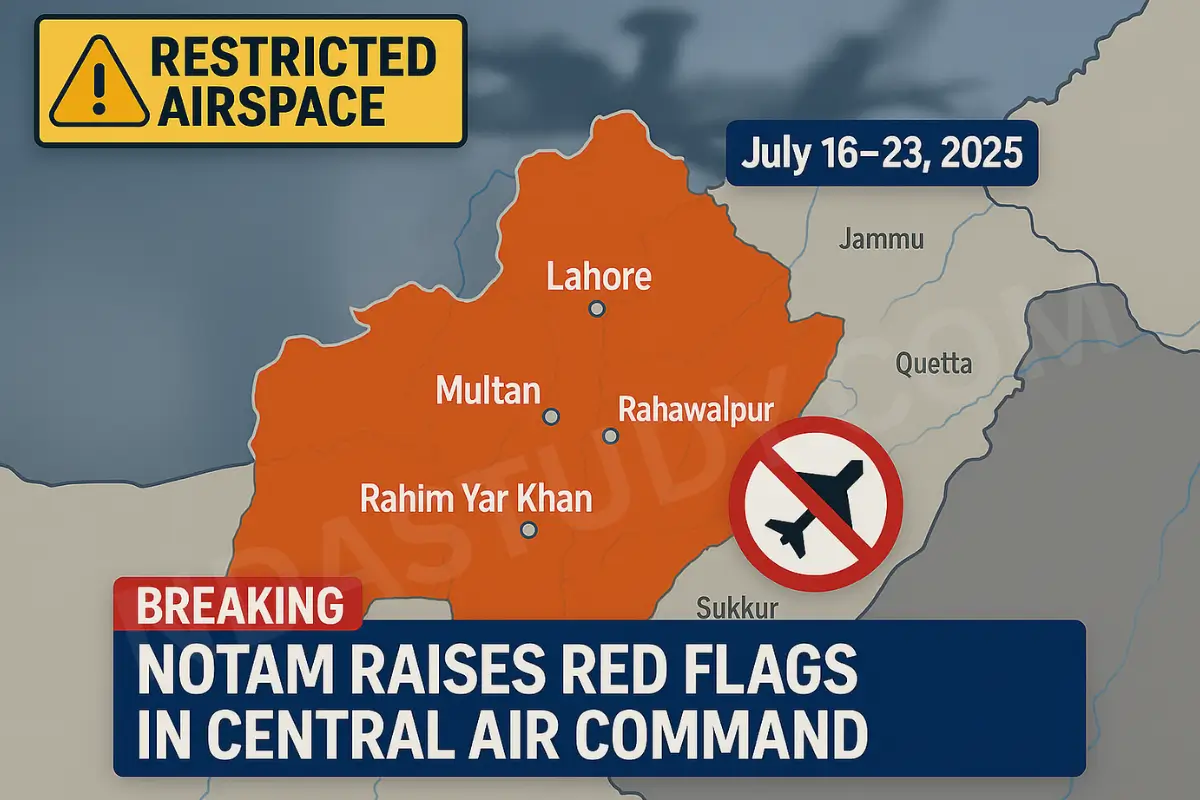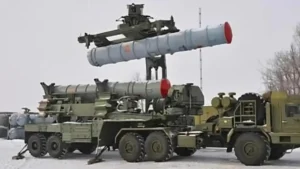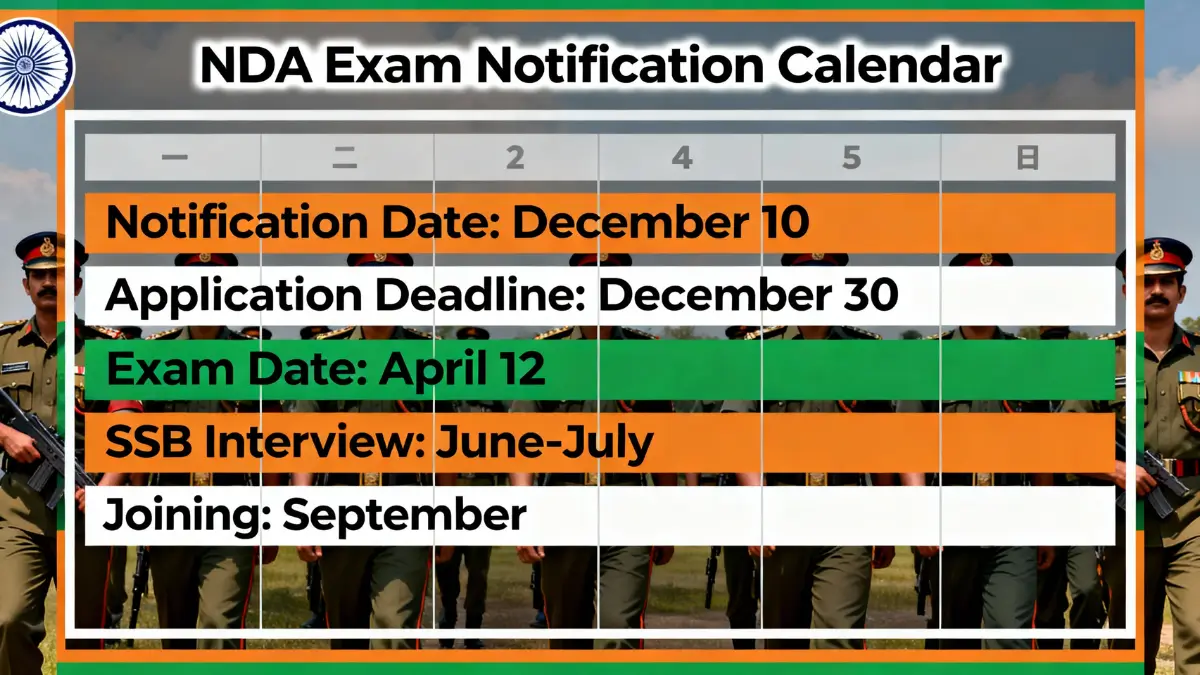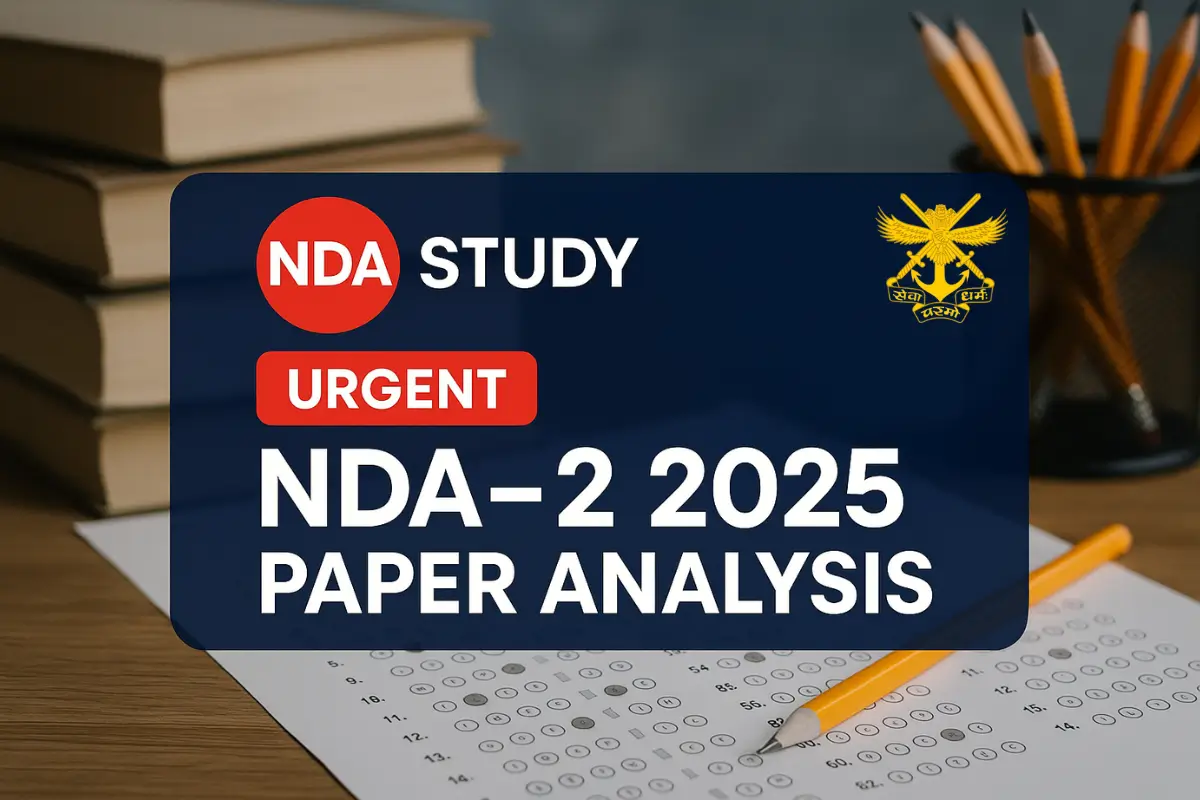On July 16, 2025, a sweeping NOTAM issued by Pakistan imposed airspace restrictions across the entire Central Air Command, shutting down major air routes for seven days and sending immediate shockwaves through regional security circles. This move, one of the most extensive airspace closures in recent years, has sparked urgent debates among defence analysts and aviation authorities. The NOTAM raises red flags in Central Air Command during a period of heightened tensions and military posturing. The scale of this airspace restriction is unprecedented, affecting all major corridors within the Central Air Command operational area.
For India and global observers, this abrupt closure is more than a routine procedure; it may signal intensified air tactics or forthcoming war games, especially in light of recent cross-border escalations and ongoing geopolitical friction. These developments are critical for regional stability: any airspace closure in this strategically vital zone has direct implications for air defence readiness, the risk of unintended escalation, and the delicate balance of power between India and Pakistan. As the situation unfolds, all eyes remain focused on the reasons behind Pakistan’s NOTAM and what it might signify for the evolving security landscape in South Asia.
What is a NOTAM and Why Was It Issued?
A Notice to Airmen (NOTAM) is an official advisory issued to pilots and aviation stakeholders to inform them about temporary or urgent changes in airspace usage, potential hazards, or restrictions that could affect flight operations. NOTAMs are typically issued for reasons such as military exercises, natural disasters, technical failures, or significant public events, and they are essential for maintaining air safety and ensuring efficient air traffic management.
A recent NOTAM raises red flags in Central Air Command due to extensive airspace restrictions in Pakistan from July 16 to July 23, 2025. This closure affects a significant portion of central Pakistani airspace, impacting both civilian and military flights for a week. The scale and timing of this NOTAM are concerning, especially in light of recent military tensions and Operation Sindoor. While NOTAMs can indicate routine exercises, the current situation suggests potential escalations in Pakistan’s military activities or preparations for larger drills, making it more than just a standard notice.
Geo-Strategic Significance
The Central Air Command (CAC) of the Pakistan Air Force is based at PAF Base Lahore. It oversees the important region of Punjab, which includes key air bases like Multan, Faisalabad, Gujranwala, Rahimyar Khan, Bahawalpur, and Lahore. This area forms the main air defence for central Pakistan and is close to the Indian border, making it crucial for quick responses and military action. The CAC is important because it manages the main flight routes that connect northern and southern Pakistan. It also protects entry points from India during times of peace and conflict. The bases in this region can be quickly activated during a national crisis or when military readiness is heightened, allowing for the fast deployment of air support.
| Date Issued | Area Covered | Duration | Reason/Context | Noted Uniqueness |
|---|---|---|---|---|
| July 16, 2025 | Entire Central Air Command (Pakistan) | 7 days | Major military exercises | Unprecedented duration & scale, follows major strikes |
| May 7–10, 2025 | North India, Western Pakistan (Kashmir region) | 4 days | Indo-Pak conflict escalation | Temporary, event-driven, regional NOTAMs |
| Feb–Aug 2019 | All Pakistan airspace | ~6 months | Post-Balakot cross-border strikes | Longest closure post-crisis, now a rare event |
This region regularly holds major military exercises and air readiness drills. Historically, it has been significant during Indo-Pakistani conflicts. When a NOTAM (Notice to Airmen) restricts or closes airspace, it affects civilian air travel and may indicate military activity. For India, any NOTAM from the Central Air Command raises concerns. This area is crucial for both defence and attack strategies, and airspace restrictions can signal increased military readiness or actions to deter Indian movements. The importance of airspace closures in this region is significant due to ongoing tensions and the fast decision-making needed for modern air warfare.
Routine Exercise or War Gaming?
The latest Pakistan NOTAM raises red flags in Central Air Command due to its remarkable scale and timing, prompting deeper scrutiny compared to previous exercises. While Pakistan routinely issues NOTAMs for air drills or missile tests, these are often limited to specific flight corridors and shorter durations, usually a day or two, with clear advance notice about their scope. In stark contrast, the current NOTAM covers the entire Central Air Command for a full week (July 16–23, 2025), effectively shutting down major air routes and suggesting a level of preparation far beyond routine training.
Also Read:
BREAKING: India to Test Advanced Counter-Satellite Weapon — Defence Space Agency’s Bold New Step
India’s Massive Drone Swarm Strike on ULFA-I Camps in Myanmar: Surgical Strike 2025
Defence Acquisition Council Approves ₹1.05 Lakh Crore in New Projects
Military signals point to heightened alertness. Several analysts note the move’s coincidence with recent escalatory actions in the region—the aftermath of Operation Sindoor, which saw significant Indian missile and drone strikes on Pakistani defence installations, including substantial damage to the Rahim Yar Khan Airbase, a key hub that remains closed weeks after the conflict. This sequence of events amplifies concerns that the airspace closure may be linked to urgent efforts to restore air defence readiness or simulate large-scale conflict scenarios, rather than mere annual exercises.
In this context, the NOTAM appears less a routine drill and more a potential show of force or even a preparatory step for possible escalation. The combination of extended duration, comprehensive area lockdown, and ongoing regional tensions make this airspace restriction a significant—and worrisome—military signal in South Asia’s volatile environment.
India’s Response & the Region’s Vigilance
The recent notice about airspace restrictions from Pakistan has raised concerns in the Central Air Command, leading to quick and strategic actions from the Indian military and intelligence agencies. Soon after the notice, the Indian Air Force increased surveillance in the western areas. They deployed AWACS aircraft and mobile air defence units and stepped up reconnaissance near the Rajasthan and Gujarat borders. Intelligence teams are on constant alert and are working closely with civilian aviation authorities to track any unusual activities from the Central Air Command region.
Media reports and defence experts suggest that this situation is serious. Many retired officers believe the actions indicate more than just standard exercises, prompting India’s leaders to stay vigilant. The ongoing closure of Pakistan’s Rahim Yar Khan Airbase adds to regional tension and increases the risk of mistakes. As both countries manage this stressful time, the airspace notice serves as a strong reminder that security situations can change quickly. This emphasises the need for ongoing monitoring and careful diplomatic efforts to keep the region stable.
Expert & Media Analysis: Escalation or Routine?
The latest notice from Pakistan raises concerns in the Central Air Command, attracting attention from experts and the media. Analysts point out that earlier notices from Pakistan were usually short and focused on specific areas, often related to standard air exercises or missile tests lasting no more than 48 hours. However, this new closure is much broader and lasts over 30 days, sparking discussions about its purpose.
NOTAM Raises Red Flags in Central Air Command (FAQs)
1. What is a NOTAM, and why did Pakistan issue one over Central Air Command?
A NOTAM (Notice to Airmen) is an official aviation notice that informs pilots and airlines about temporary airspace restrictions or hazards in specific areas. On July 16, 2025, Pakistan issued a NOTAM restricting airspace across the entire Central Air Command for seven days, dramatically impacting both military and civilian flight operations. This action is notable for its wide geographic scope and timing, coinciding with recent military tensions and repairs at major airbases, prompting concerns of heightened military activity or exercises in the region.
2. Which areas are affected by the current airspace restriction in the Central Air Command?
The NOTAM impacts a broad swath of central Pakistani airspace, including several key airbases such as Lahore, Multan, Bahawalpur, Rahim Yar Khan, and their surrounding air corridors. The closure disrupts both commercial and military flights, affecting major flight routes and operational readiness of the airbases, many of which lie close to the India-Pakistan border, amplifying the significance of the move during this period of increased regional tension.
3. How does this Pakistan NOTAM differ from previous airspace closures?
Unlike routine NOTAMs, which are typically brief and cover limited regions for scheduled military exercises or maintenance, the current closure is extensive, lasting a full week and covering the entire Central Air Command zone. Its scale, timing after recent cross-border strikes, and overlap with ongoing runway repairs (notably at Rahim Yar Khan) suggest a higher level of military alertness and preparation than seen in standard exercises, raising concerns about possible escalation.
4. How has India responded to the NOTAM, and what are the regional security implications?
In response, Indian military and intelligence agencies increased aerial surveillance along the western border, deployed advanced radar and reconnaissance assets, and initiated preparedness drills near sensitive air corridors. Media and defence analysts view the move as a signal for both sides to remain on high alert, emphasising the delicate balance and risk of rapid escalation in South Asia’s volatile security environment.
5. What should travellers and the public know about the impact of this NOTAM?
The airspace restriction could cause significant disruptions to both domestic and international air travel through affected Pakistani regions, with flights rerouted or suspended for the duration. Given the evolving situation and risk of last-minute updates, it is essential for travellers to check with airlines and monitor official advisories for real-time information. Staying informed will help individuals navigate potential delays and understand the broader implications for regional security and travel.
Some military experts believe the timing and scale indicate more than routine drills. They highlight the aftermath of Operation Sindoor and the ongoing closure of the Rahim Yar Khan Airbase as signs of increased readiness and possible conflict. Meanwhile, some media sources recognise that while military exercises are common, the combination of longer airspace restrictions and similar notices from India raises concerns about the risk of quick escalation instead of routine training.
Historically, such notices have led to different outcomes: they can either result in de-escalation, with restrictions lifted quickly after exercises, or lead to tense standoffs, as seen after major cross-border incidents in early 2025. This background explains why the current airspace restriction is causing significant worry.Scenarios & Public Advisory
As the Pakistan NOTAM raises red flags in the Central Air Command, several potential scenarios emerge. The airspace restriction could end with a de-escalation if both sides use this period for military resets and renewed diplomatic engagement. Alternatively, it may serve as a precursor to large-scale air exercises, signalling enhanced preparedness and ongoing readiness manoeuvres. However, unexpected developments—such as sudden escalations along the border or further airspace bans—cannot be ruled out, given the region’s unpredictable security environment.
For the public and observers, it’s crucial to stay tuned for further updates, as these airspace changes have direct implications for regional stability, travel, and security. Continuous monitoring of official briefings, defence bulletins, and media reports is highly recommended, as quick shifts in status can occur without advance notice. Remaining informed ensures awareness of both immediate risks and emerging opportunities for peace or dialogue in South Asia’s dynamic security landscape
What’s Next?
The Pakistan NOTAM raises red flags in Central Air Command at a time of heightened tension, serving as a stark reminder of how swiftly regional stability can be impacted by military signals. With airspace restrictions covering a critical operational zone, the risk of escalation or misunderstanding has never been more real. Staying informed is essential as the situation develops. For the latest updates, in-depth analysis, and expert commentary, be sure to share this article, subscribe to our newsletter, and follow us on social media. Your awareness strengthens vigilance across the region.
Stay Tuned & Stay Connected!












